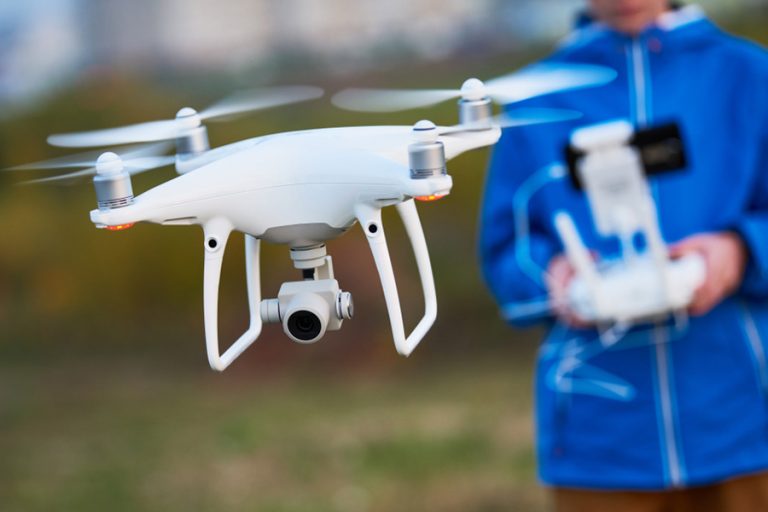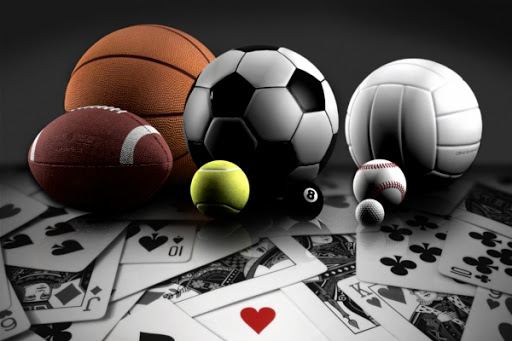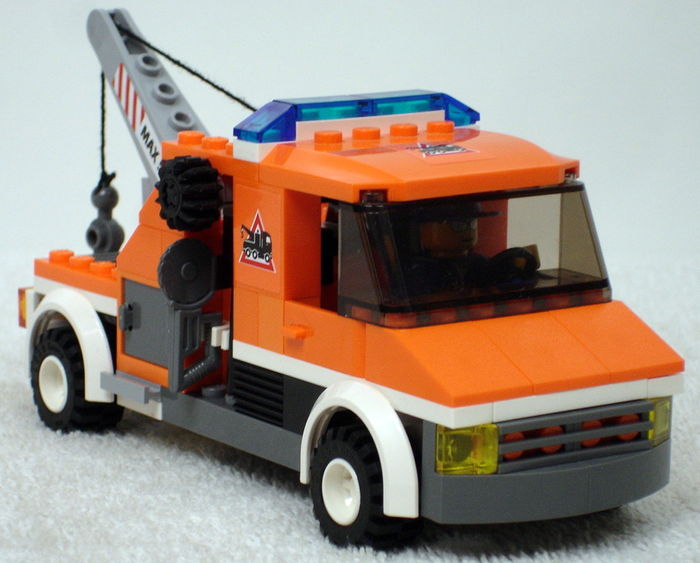How to treat a dog paw pad injury at home?
Home treatment of a dog paw pad injury. If you’re going to treat the paw pad at home, start by drying the area gently with a clean towel. Apply some Neosporin (triple antibiotic ointment) to the wound and cover it with a non-stick gauze pad and secure with first aid tape.
What does it mean when your dog hurts his paw?
Unfortunately, his temperament means that sometimes he hurts himself and his paws bear the brunt of the wear and tear. He has scuffed his pads, taking the outer layer of skin off. He’s cut his pads, worn down his toenails, broken toenails, and ripped his dew claws on more than one occasion.
What are the symptoms of paw pad issues?
Symptoms of Paw Pad Issues and Injuries in Dogs 1 Bleeding (that cannot be controlled within five minutes) 2 Blistering 3 Cracked nails 4 Damage to webbing between toes 5 Damaged nail bed 6 Foreign objects in the pad 7 Lacerations or punctures 8 Limping that lasts longer than a day 9 Pus discharge 10 Refusal to bear weight on the paw or paws
Can a broken paw pad cause a dog to bleed?
Broken or split nails that extend past the quick can also be a hazard if left untreated as it can cause bleeding from the blood vessels that are located in the nails as well as allowing an entry point to potential bacteria, viruses, or parasites. These injuries can also be quite painful. Check here for cuts, polyps, or foreign objects.
Why does my dog have a paw pad injury?
Although a dog’s paw pads are pretty tough, dog paw pad injuries are quite common. They can be caused by a variety of things, including sharp objects, hot pavement, extreme cold, or rough terrain your dog encounters on his daily walks. Here are the first aid steps you should take if you suspect your dog has a paw pad injury.
What happens if my dog hurts her foot pads?
Foot pads protect bones and joints from the shock incurred by running and walking. They also insulate the foot from extreme weather (hot and cold) and aid navigation of uneven or rough terrain. What happens if my dog hurts her foot pads? Healthy foot pads are crucial so injuries need prompt attention.
How to tell if your dog has Paw problems?
Symptoms 1 Licking and chewing the affected paw (s) 2 Lameness or limping 3 Red and inflamed paws 4 Lesions and discharge 5 Hair loss 6 Ulcers with scabbing and blisters 7 Cuts, abrasions, and tears 8 Cracked and torn nails 9 Dry/cracked pads 10 Loose flaps of skin on paw pads
What should I do if my dog’s paw is cracked?
The treatment of your dog’s paw depends on the problem. For example, if the problem is a mild burn, you can treat it with an antibacterial ointment. If the paw pads are dry and cracked, consider using a balm for the paw pads then covering your dog’s feet with a sock. When in doubt, ask your vet how to treat your dog’s paws.
What can I do to prevent foot pads in dogs?
Apply antibiotic ointment to the burned foot pad and bandage the paw. Daily bandage changes and close monitoring of the injury are important. Report any changes described under the section on torn foot pads to your veterinarian. What can I do to prevent foot pad injuries?
How to treat a dog with a scrap on her carpal pad?
My dog has a scrap on her carpal pad. And some skin/paw pad is hanging off. Is this something I can treat at home or do I need to take her to the vet Poor girl. This may heal on its own since it appears that it is a scraped off paw pad. You can try over the counter Betadine diluted 50:50 with warm water for a few days.
How does sugar help heal paw pad injury?
Sugar is a practical and economical option to help wound healing in dogs. Its properties help to: dry lesions, absorb excess moisture in the affected area, reduce edema, act as a bactericide and promotes cellular regeneration.
What is the treatment for a torn pad on a dog?
Sometimes, a dog’s torn paw pad may require stitches. Flush the torn pad with povidone/iodine, and check for any dirt or debris. The Partnership for Animal Welfare recommends mixing iodine and water with Epsom salts, and then using the solution to flush out the wound.
How to help soothe cracked dog Paws?
Treating Dry, Cracked Paws. Step 1: Clean each paw with mild, dog-safe soap and warm water . Step 2: Dry it thoroughly but gently with a towel. Step 3: Apply an antibiotic or antibacterial ointment to prevent infection and speed up the healing process. Step 4: Dress the wound with gauze to allow for
How to Soothe Your Dog’s sore paws?
How to Care for a Dog’s Sore Paw Immediate care for cut pads. When your dog has a sore paw due to a scrape, cut, or tear in the paw pad, you need to start cleaning the wound Bandaging a cut paw. Apply antibiotic ointment to a pile of nonstick gauze pads and place them on the wound, using multiple pads to provide a cushion and to absorb Dog paw pad blister care.
How do you treat an injured dog pad?
To treat a dog pad injury, gently trim excess fur from the area. Immerse the foot in warm water, let soak and then inspect for tears, punctures or abrasions. Remove glass, stones or sharp objects. Apply pressure with clean gauze to stop minor bleeding. Antibiotic ointment can be applied as necessary.
How can you tell if your dog has a paw injury?
Having knowledge of your dog’s paw pad color will help you to determine in case of any problems. If possible, make a record of your dog’s pads color and texture for future references when examining. Limping is one of the most noticeable signs that a dog is injured.
Why are paw pads important to a dog?
Your dog’s paw pads are an essential part of his overall health and wellbeing. They protect the bottom of your dog’s foot from rocks and debris. Although a dog’s paw pads are pretty tough, dog paw pad injuries are quite common.
Can a dog stop bleeding from a paw injury?
Your dog’s paw won’t stop bleeding. You look at your dog’s paw and think to yourself, “If this were me, I’d go to the doctor.” Or, you don’t take action and your dog doesn’t seem to be getting better. The good news is that not all dog paw injuries are serious. Many times, a little bit of your dog’s paw pad will peel off.
What to do if your dog has a paw pad injury?
What to do if Your Dog has a Paw Pad Injury How to Treat Dog Paw Injury. Treatment for Burns, Wounds, and Sores. 1. Wash with clean water 2. Inspect the wound 3. Remove any foreign objects 4. Stop the bleeding 5. Clean the wound and Prevent infection 6. Bandage to protect the paw pad injury
What are the different types of paw pad injuries?
There are different kinds of paw pad injuries, from lacerations to burns and bruises. But no matter the kind of paw pad injury, it can be detrimental to your dog’s mobility, so preventing them is key. Weather can be a big factor in your dog’s activity levels and exposure to extreme conditions.
Your dog’s paw pads are an essential part of his overall health and wellbeing. They protect the bottom of your dog’s foot from rocks and debris. Although a dog’s paw pads are pretty tough, dog paw pad injuries are quite common.
What happens if you leave a paw pad untreated?
If left untreated cracks can occur leaving the pads vulnerable to infection because of exposed tissues and blood vessels and the dog in pain. Although dog’s paws are built to withstand a lot of unfavorable conditions.
How can I Stop my Dog from chewing his paws?
Your vet may be able to prescribe medication to help ease your dog’s allergies and break the paw chewing cycle. They will know what is safe for your dog to take, and at what dose. Be guided by them. Dry skin is also a common cause of dogs biting and licking their paws.
Is it normal for dogs to lick and chew their paws?
If your dog appears to be licking and chewing his or her paws to clean them or their head, you probably have nothing to worry about. This is considered normal, healthy behavior. However, if your dog is licking and chewing their paws excessively when they do not appear to be dirty, it’s time to start looking into their behavior.
What does a dog do with his paws?
A dog will clean his paws by licking them when they are dirty. Dogs will also lick and then use their paws to clean their face and head similarly to cats, though this behavior is somewhat rarer in dogs than their feline counterparts.
Your vet may be able to prescribe medication to help ease your dog’s allergies and break the paw chewing cycle. They will know what is safe for your dog to take, and at what dose. Be guided by them. Dry skin is also a common cause of dogs biting and licking their paws.
If your dog appears to be licking and chewing his or her paws to clean them or their head, you probably have nothing to worry about. This is considered normal, healthy behavior. However, if your dog is licking and chewing their paws excessively when they do not appear to be dirty, it’s time to start looking into their behavior.
A dog will clean his paws by licking them when they are dirty. Dogs will also lick and then use their paws to clean their face and head similarly to cats, though this behavior is somewhat rarer in dogs than their feline counterparts.
Why are my dog’s paw pads so sore?
Hyperkeratosis is a common skin condition in dogs that results in thickened skin on dog paws. (It usually comes on in the first few years of your dog’s life.) All the excess keratin makes the paw pads extremely thick and dry to the point that even walking can be painful. Weather and the elements can also put a beating on your dog’s paws.
What happens if a dog’s foot pad is torn?
Healthy foot pads are crucial so injuries need prompt attention. If your dog limps, or licks at her pads, take heed. She may have a foot pad that is torn, punctured, or burned. A torn foot pad doesn’t hold stitches well so cuts and punctures take longer to heal. Walking on the injured foot often opens up the wound and further delays healing.
What should I do if my dog broke his foot?
If the foreign object is located where you can easily grasp it with tweezers, gently remove it. Swishing the paw in cool water or spraying the paw with a hose may help dislodge tiny particles. If the debris is lodged deeply, leave it alone.
How can I tell if my dog has something stuck in his paw?
They make it uncomfortable to walk and can lead to infection. Insect and animal stings or bites can also cause tenderness and limping, as can lacerations, broken toenails, burns, frostbite, and bruising. A sign that your dog may have something stuck in his paw is that he will lick his paw incessantly.
How do you teach a dog to release a toy?
“Give” or “Out” ends the game. Teach your dog to release the toy by offering a treat or better toy in exchange. Do not start playing tug with your dog until he is consistently releasing the toy on command. There are many factors that contribute to the safety or danger of a toy.
They make it uncomfortable to walk and can lead to infection. Insect and animal stings or bites can also cause tenderness and limping, as can lacerations, broken toenails, burns, frostbite, and bruising. A sign that your dog may have something stuck in his paw is that he will lick his paw incessantly.
What happens if you leave your dog with a toy?
Know your dog’s chewing habits before leaving him alone with any toy. For example, some dogs will carry a plush toy around for years. Others will enjoy “disemboweling” the toy by pulling all the stuffing out. Still others will chew it apart and ingest the pieces, creating a safety hazard for that dog.
What kind of toys should I give my Dog?
If your dog has a favorite comfort toy, like a soft “baby,” you should probably leave it out all the time. Provide toys that offer a variety of uses – at least one toy to carry, one to “kill,” one to roll and one to “baby.” “Hide and Seek” is a fun game for dogs to play. “Found” toys are often much more attractive.










